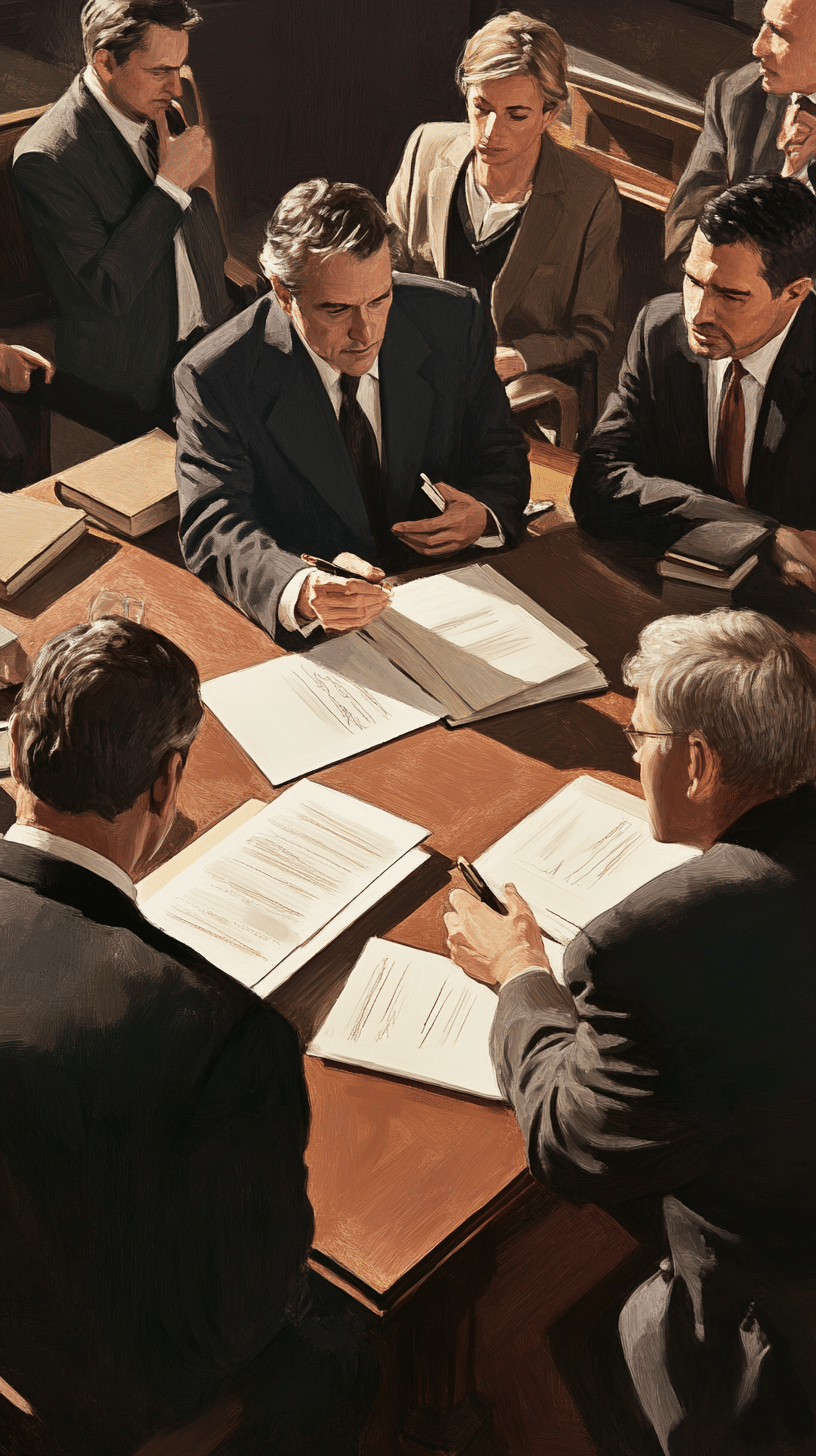Case #1:
Viviane Etienne Med. Care, P.C. v Alea N. Am. Ins. Co., 2010 NY Slip Op 52011(U)(App. Term 2d Dept. 2010)
“The administrator finally obtained the claim file on or about August 1, 2007 and only then assigned counsel, who served plaintiff with an answer on August 15, 2007. Based on the above facts, defendant failed to proffer a reasonable excuse for its default. A party in jeopardy of defaulting for nonappearance in an action may request an extension of time to file its answer upon good cause shown (see CPLR 2004). Failure to move pursuant to CPLR 2004 for an extension of time to file an answer may eviscerate the grounds for a reasonable excuse (cf. Builders Mechanic Co. v Claiborne, 277 AD2d 193 [2000]; Weiss v Kahan, 209 AD2d 611, 612 [1994]). Here, defendant was served with the summons and complaint on January 15, 2007 and its third-party claims administrator received a copy of the summons and complaint on January 26, 2007. Thereafter, both defendant and its third-party [*2]claims administrator knowingly failed to take any action with respect to this lawsuit for approximately eight months. In the interim, plaintiff applied for a default judgment in March 2007, and a default judgment was entered on September 6, 2007″
The Appellate Division, Second Department a few years ago held in a 3-1 opinion that the concept of law office failure should be extended to insurance company delay. I guess this panel of the Appellate Term disagrees with that assertion. What I find interesting is that the legislature created CPLR 2005 to overturn Barasch v. Micucci, 49 NY2d 594 (1980).
Astoria Wellness Med., P.C. v State Farm Mut. Auto Ins. Co., 2010 NY Slip Op 52008(U)(App. Term 2d Dept. 2010)
“Defendant’s excuse of law office failure was not reasonable under the circumstances presented. Defendant failed to adequately explain why it did not re-file its opposition papers in the correct Civil Court part after the court clerk had notified defendant of its filing error and had provided it with instructions on [*2]how to properly re-file. Accordingly, the order of the Civil Court is affirmed.”
The dissent explains what happened in further detail:
“Contrary to the majority, I find that defendant has sufficiently established an excusable default and that there was no prejudice to plaintiff in any sense of the word. Defendant had agreed with plaintiff and the Civil Court to both serve and file a copy of its opposition papers by a certain date.
Although defendant had agreed to submit its opposition by a certain date, its opposition papers were not served and filed until after the agreed-upon date, which was nevertheless still prior to the return date of the motion. There was more than ample time for plaintiff to reply to those opposing papers prior to the return date if plaintiff so chose. Plaintiff did not.
I find that defendant’s failure to submit the opposition papers by the agreed-upon date was de minimis and without any prejudice to plaintiff. It also appears that defendant mistakenly filed the court’s copy in the same calendar part as plaintiff’s motion. I do not find this ministerial error to be grievous fault, and it should not be treated so severely.”
What is interesting about this case – besides it being mine – is that every court except Brooklyn requires the cross motion to follow the main motion. I filed a cross-motion seeking discovery based relief for the reasons seen in Justice Golia’s opinion. This was filed in Part 41 because the main motion was filed in that part.
The clerk apparently rejected the motion based on the Brooklyn rule. The appearing attorney brought the cross-motion/opposition into court and sought to have it treated as opposition to Plaintiff’s motion. The court for some reason rejected it and granted Plaintiff’s motion. The rest, as they say, is history.
It is hard to believe that this was not excusable law office failure, but better minds believe otherwise.













One Response
Thanks for sharing your knowledge with everyone of us .